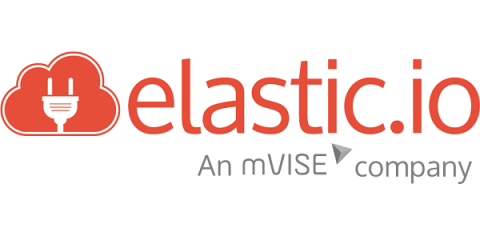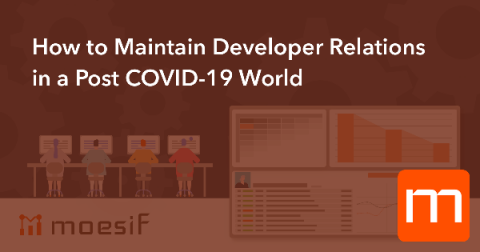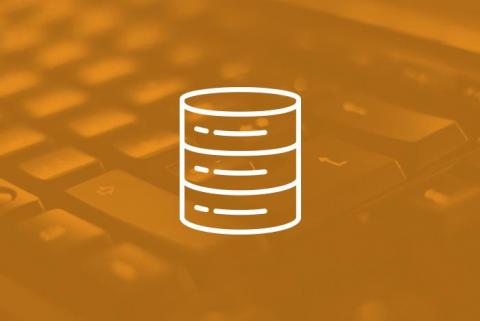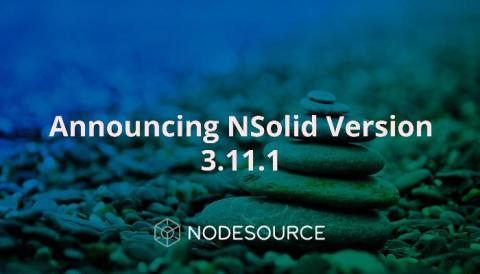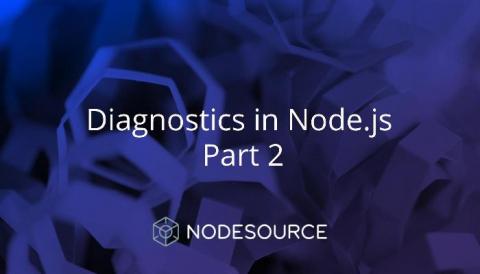Why COVID-19 is rewarding the frontrunners of digital transformation
With increasingly draconian measures worldwide aimed at keeping people at home to quell the spread of COVID-19, companies of all shapes and sizes and across the majority of industries are finding themselves in the same situation – how to equip and empower their workforce for mobile working. More than 5 million companies around the world will experience an impact at a cost to the global economy exceeding US$1 trillion.


